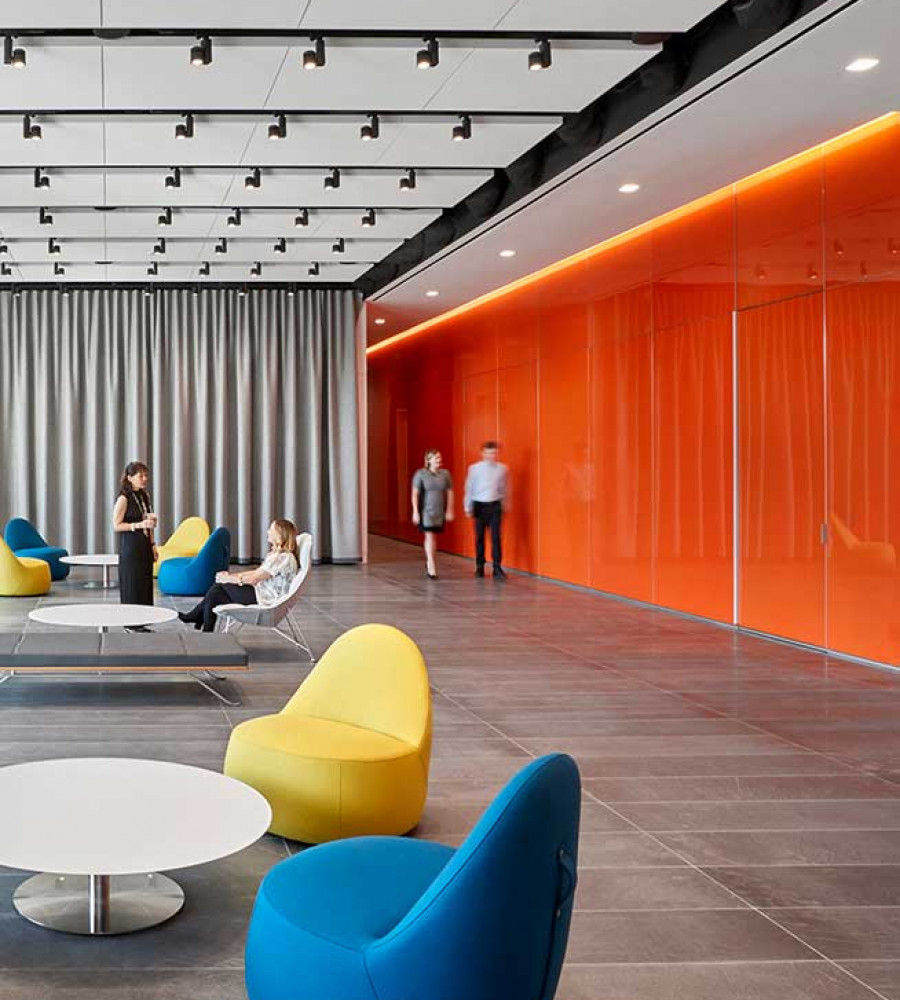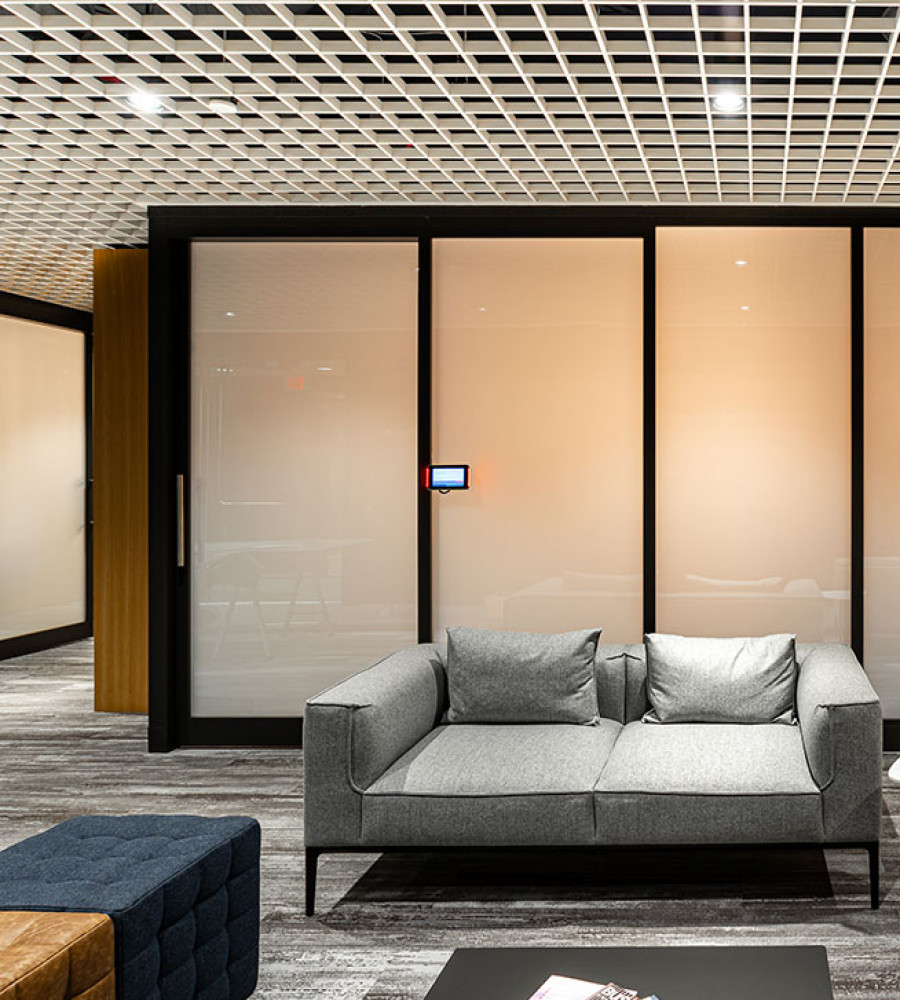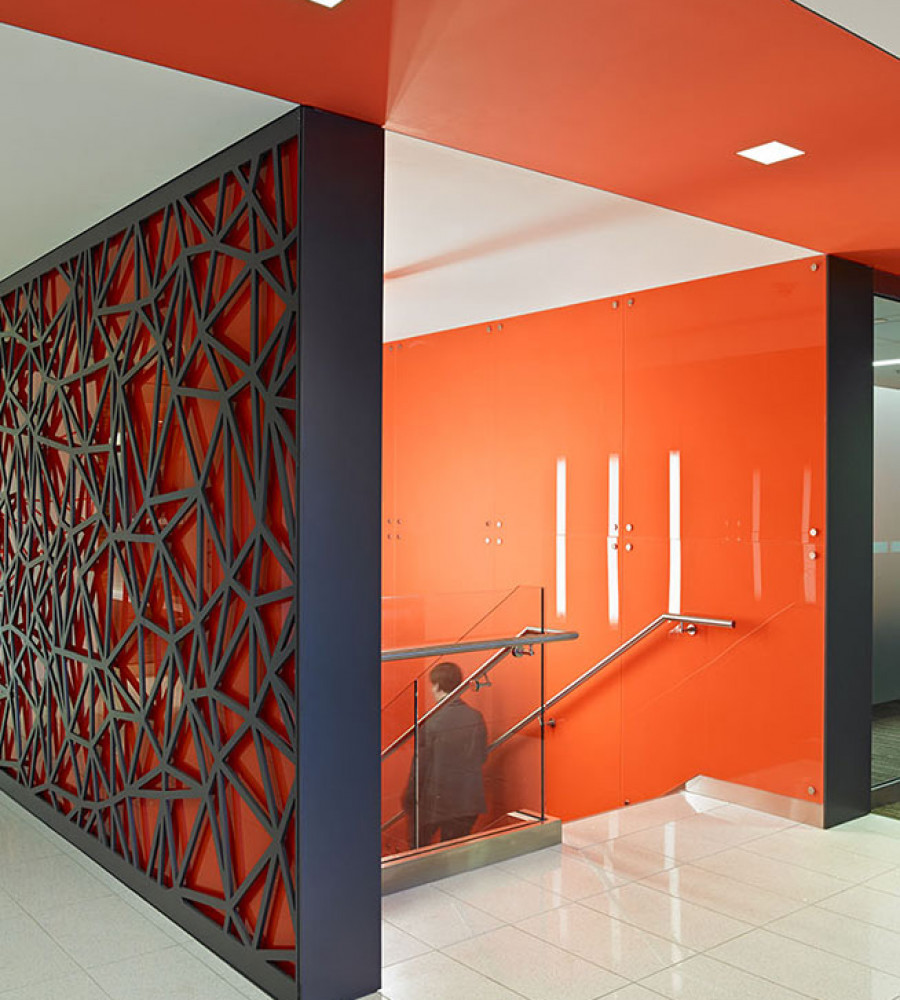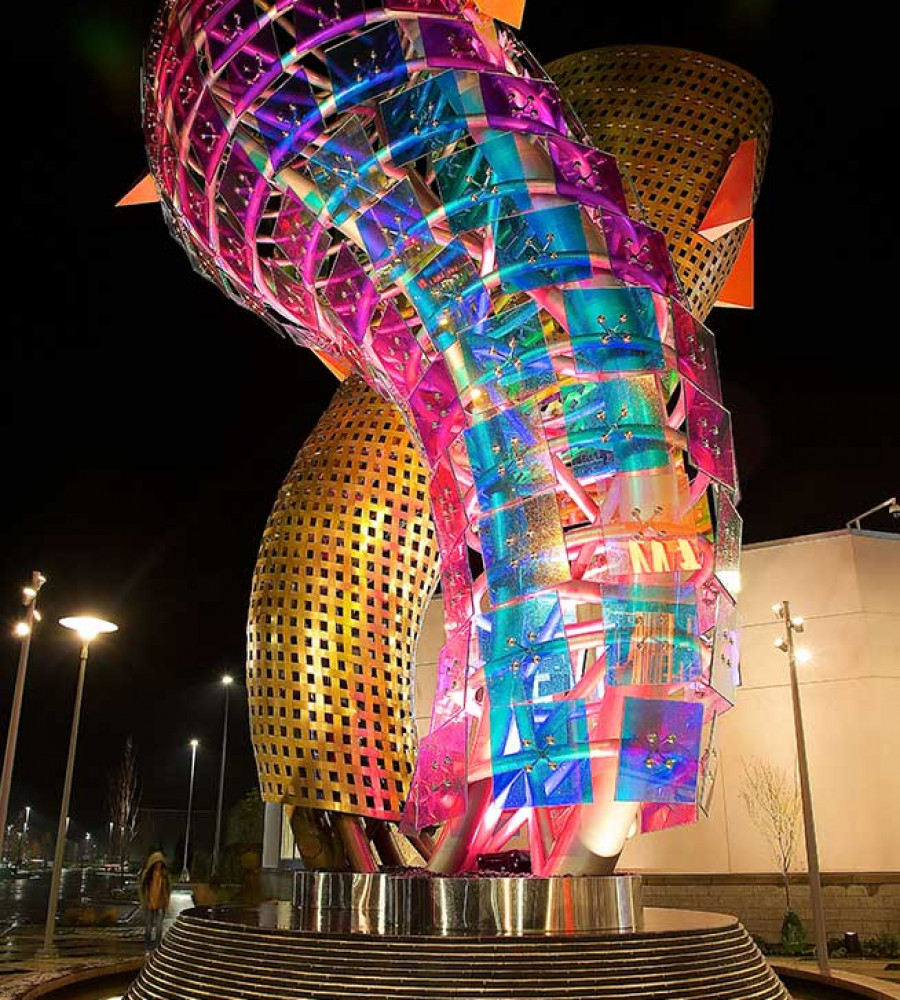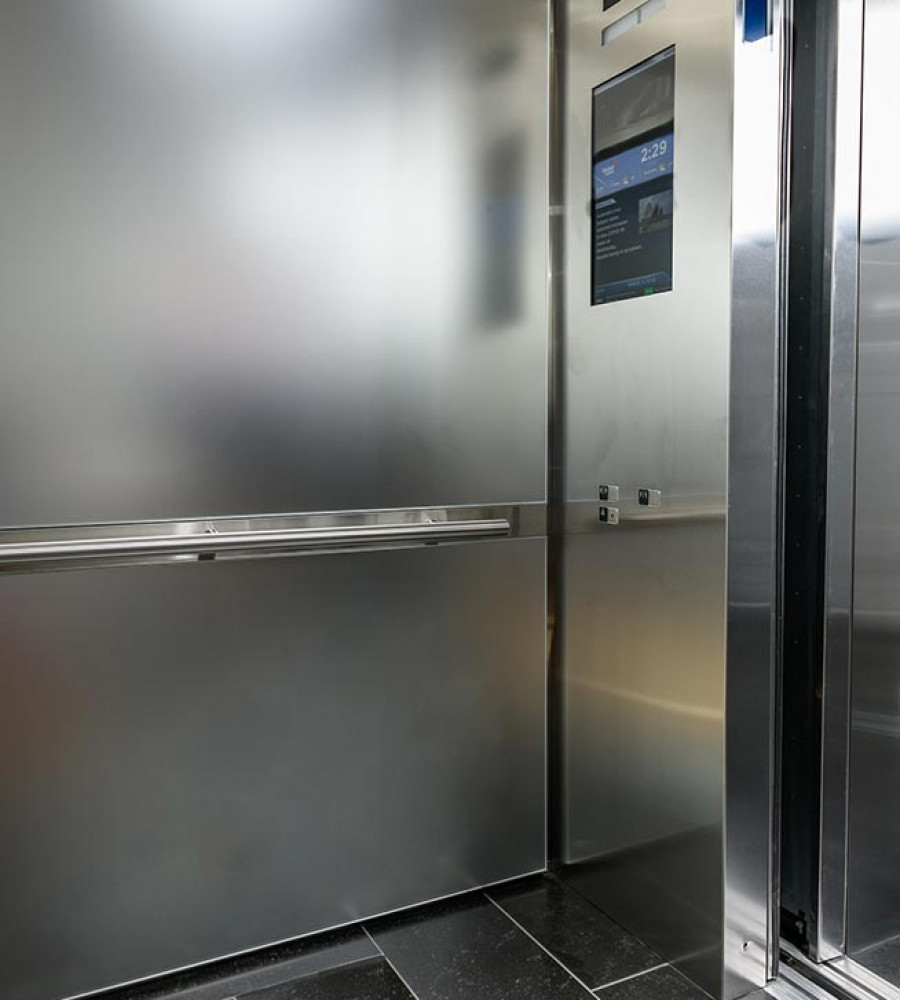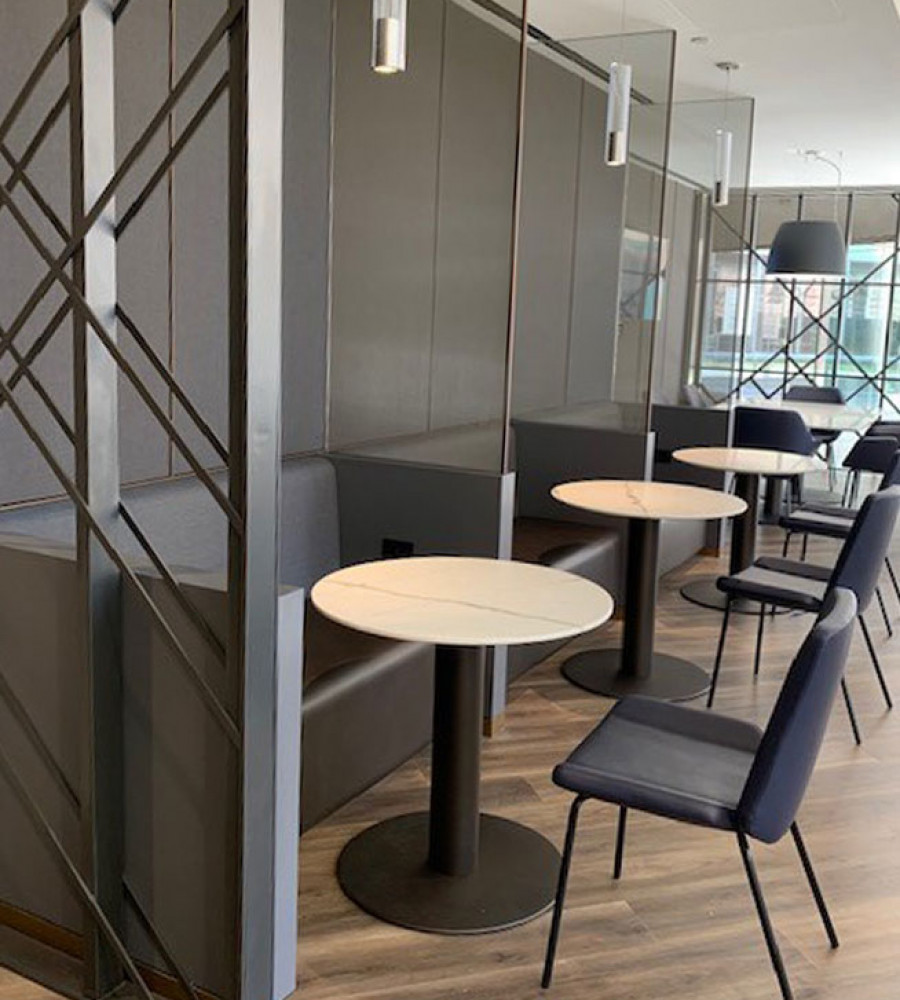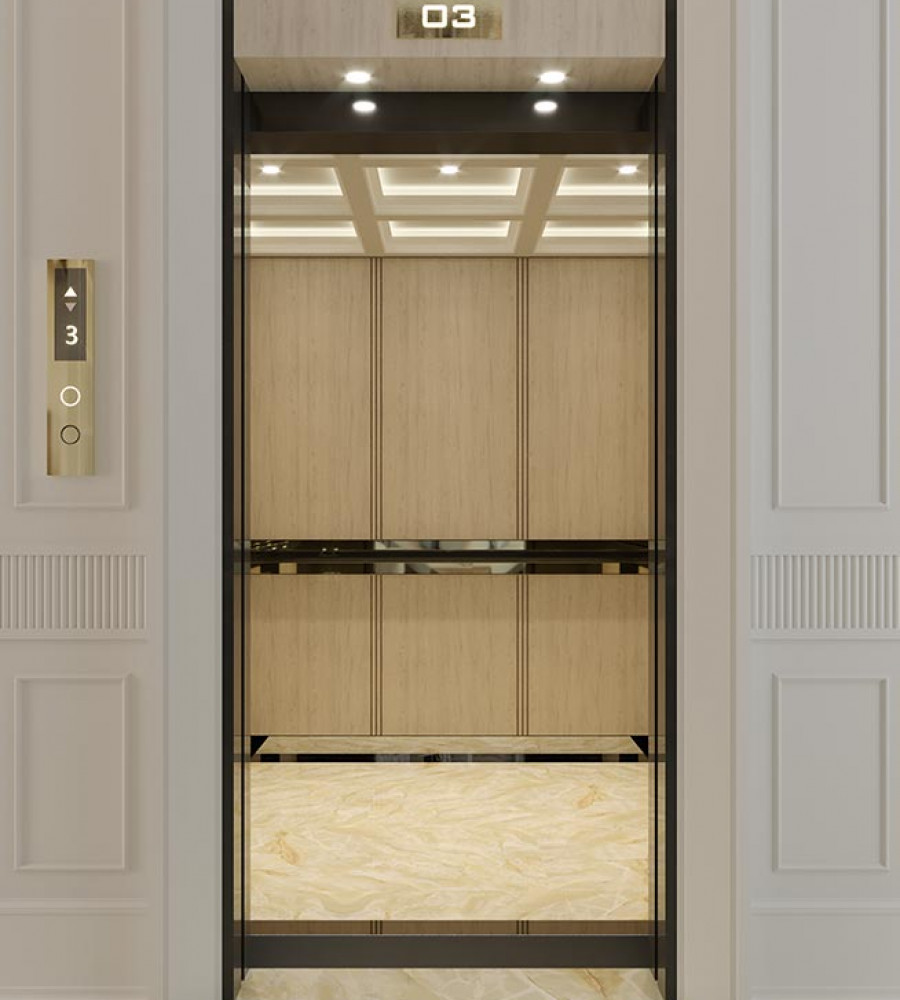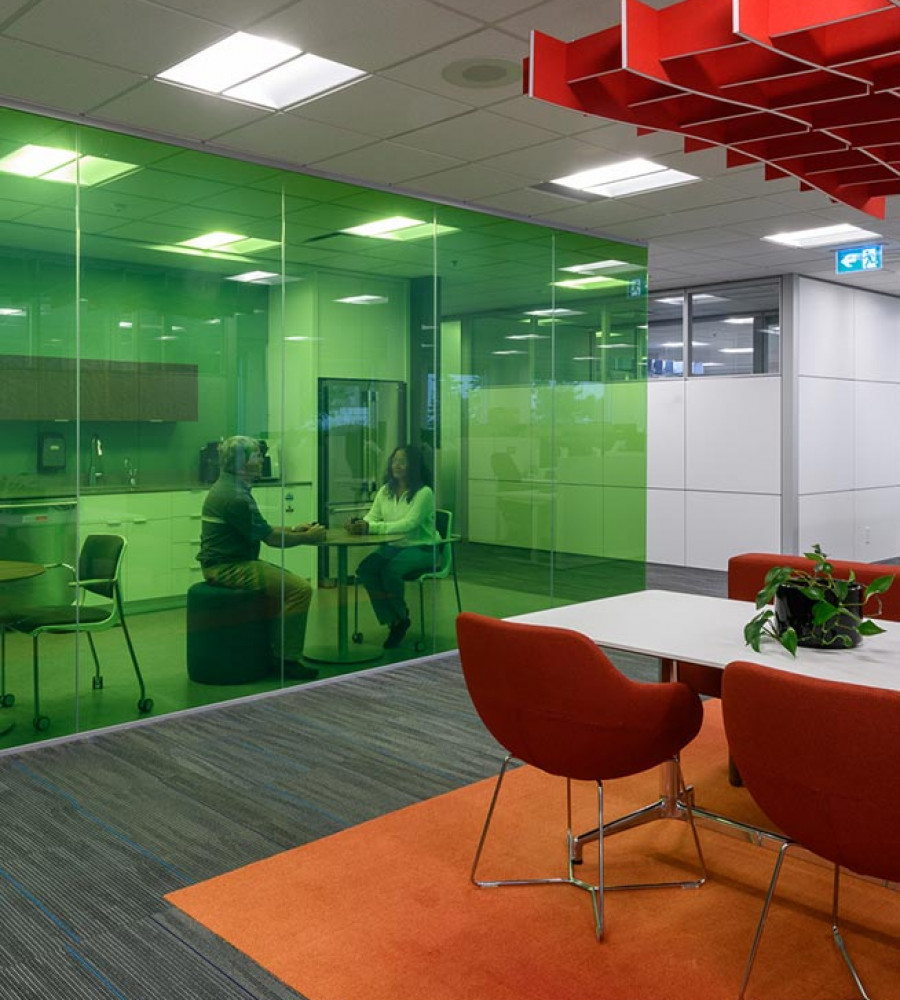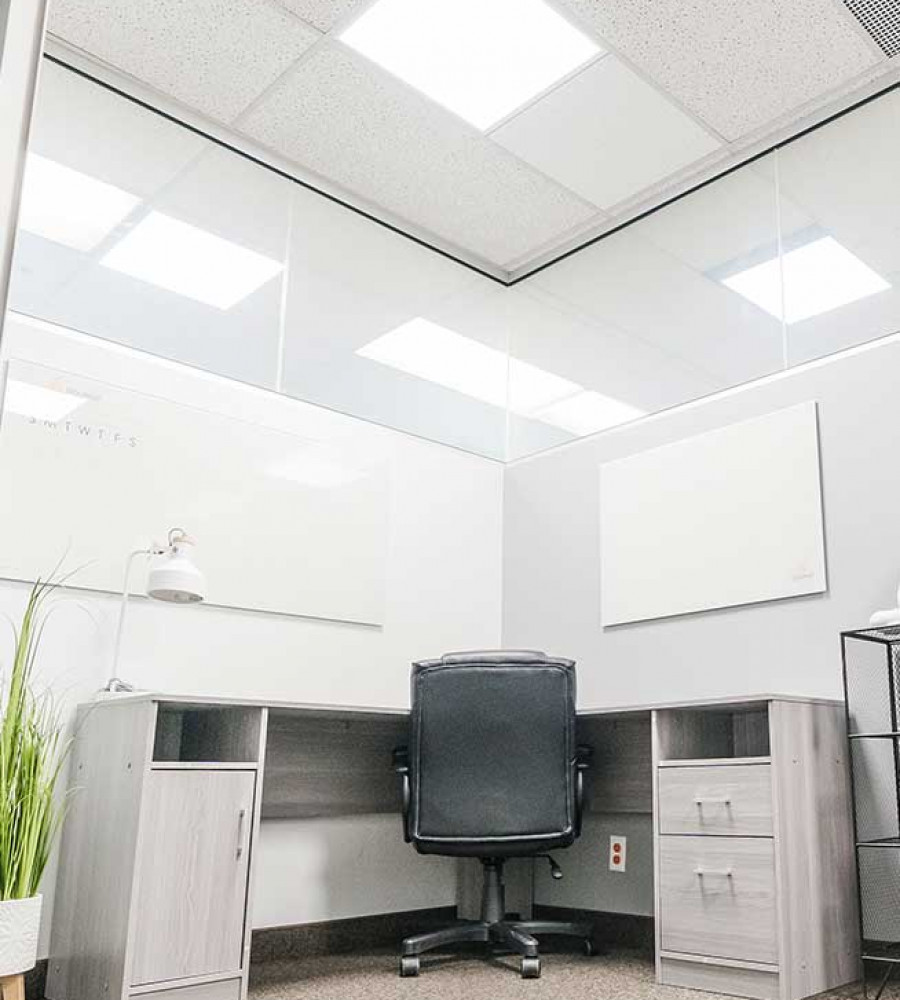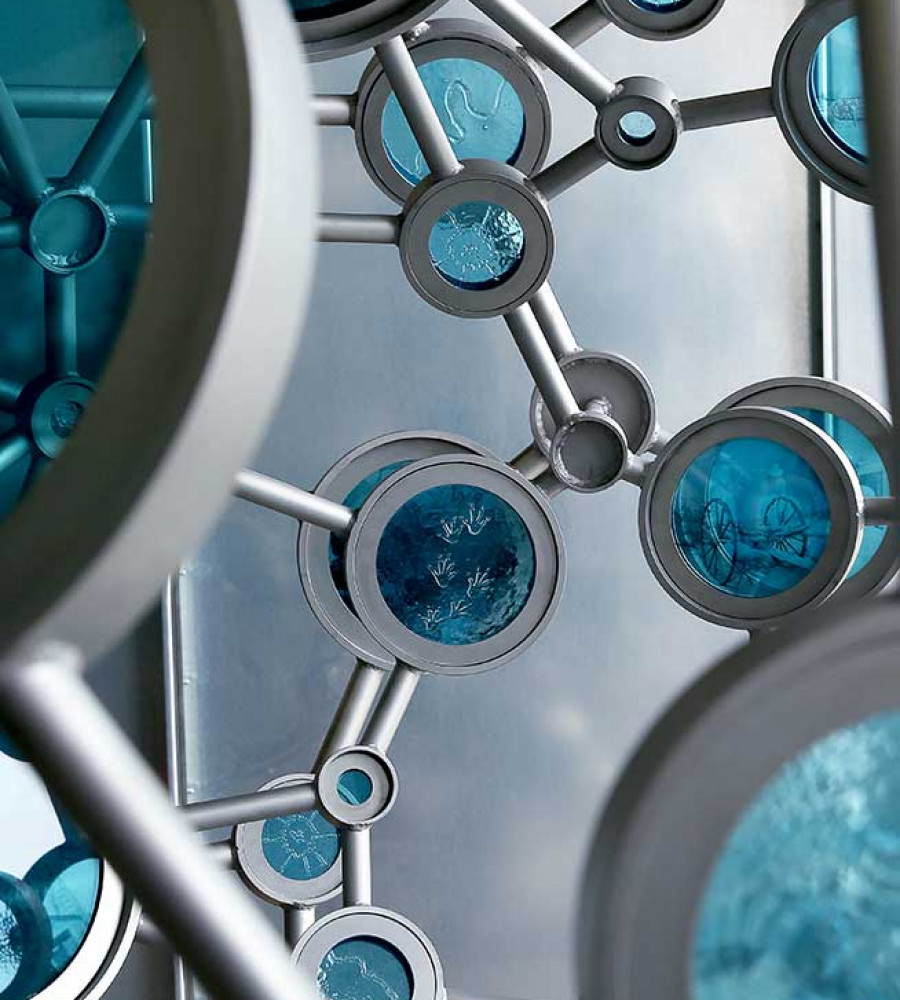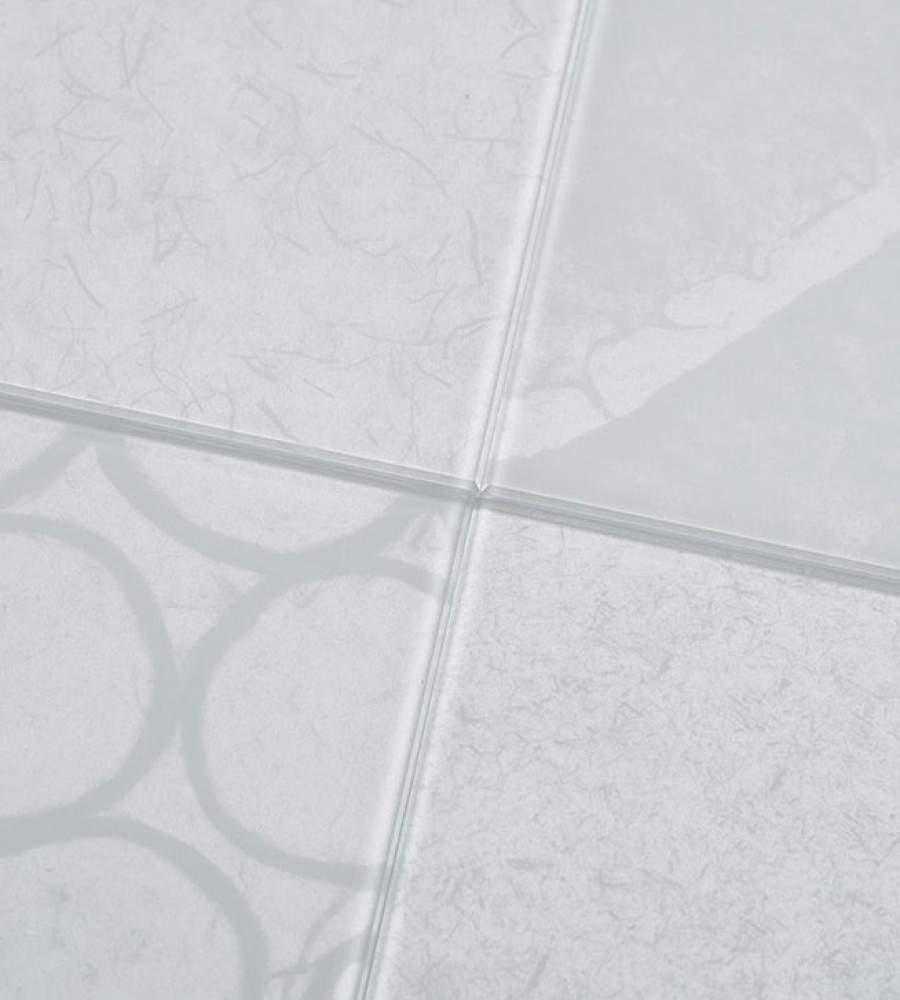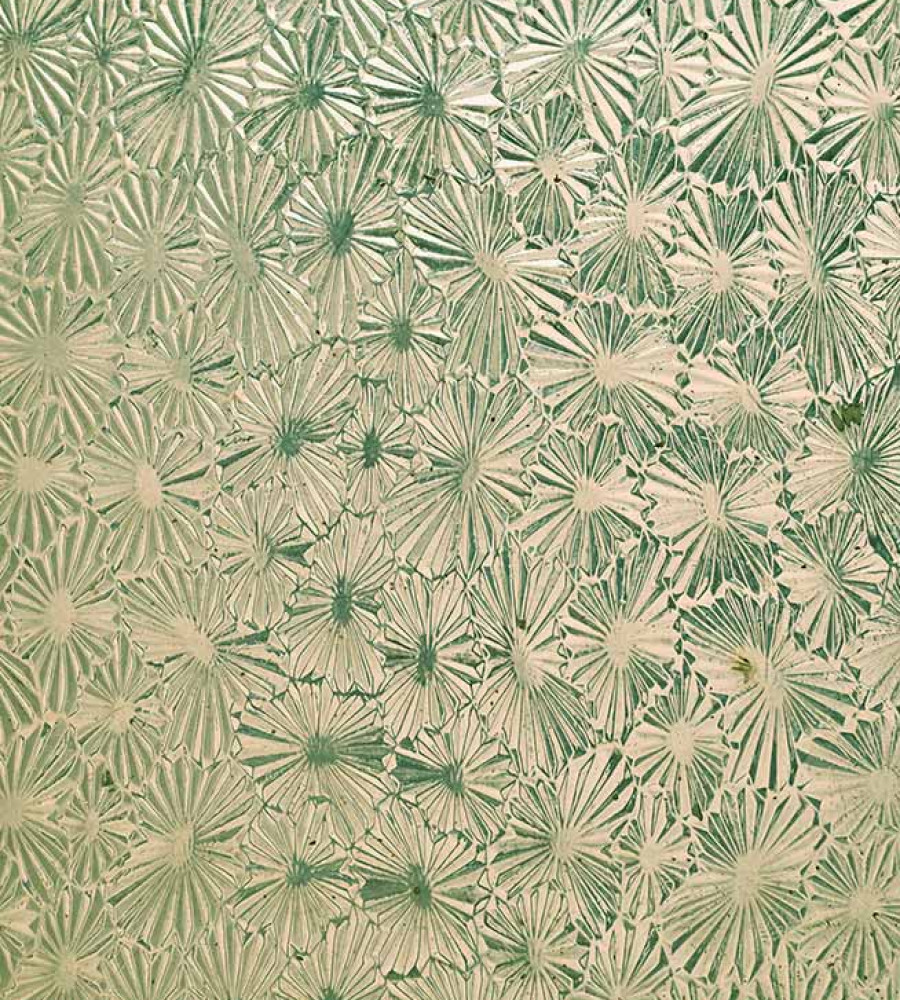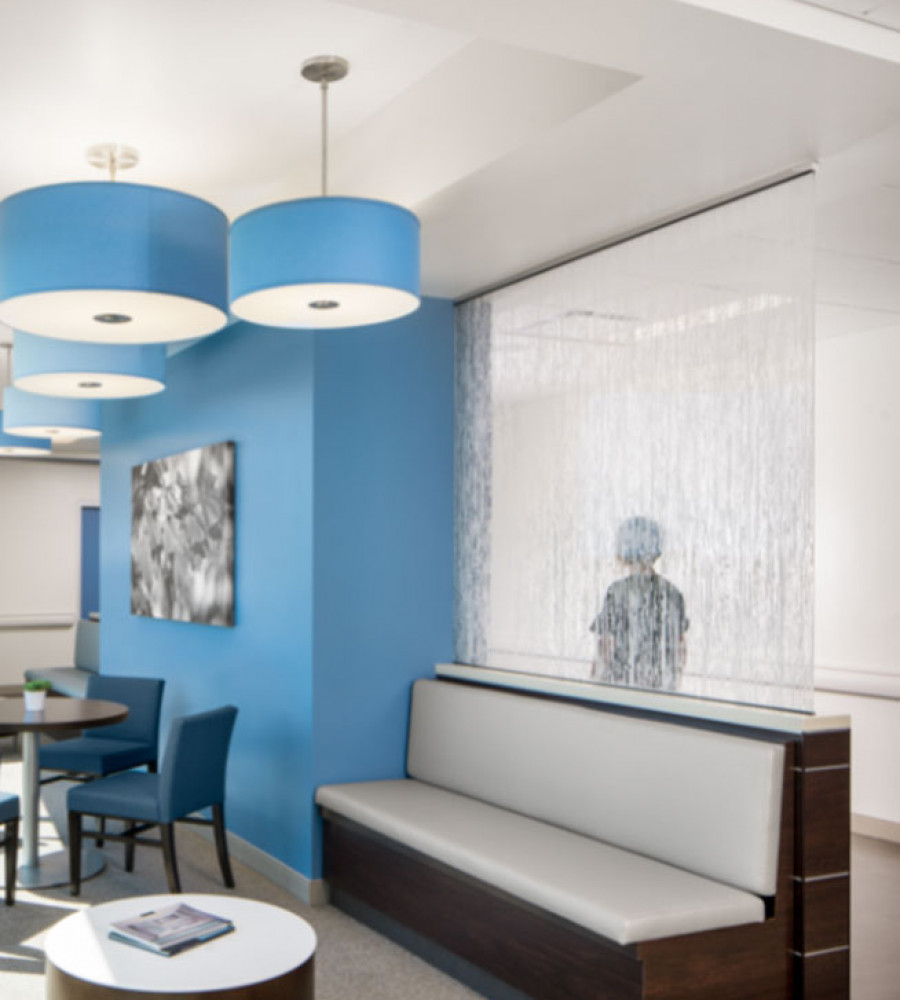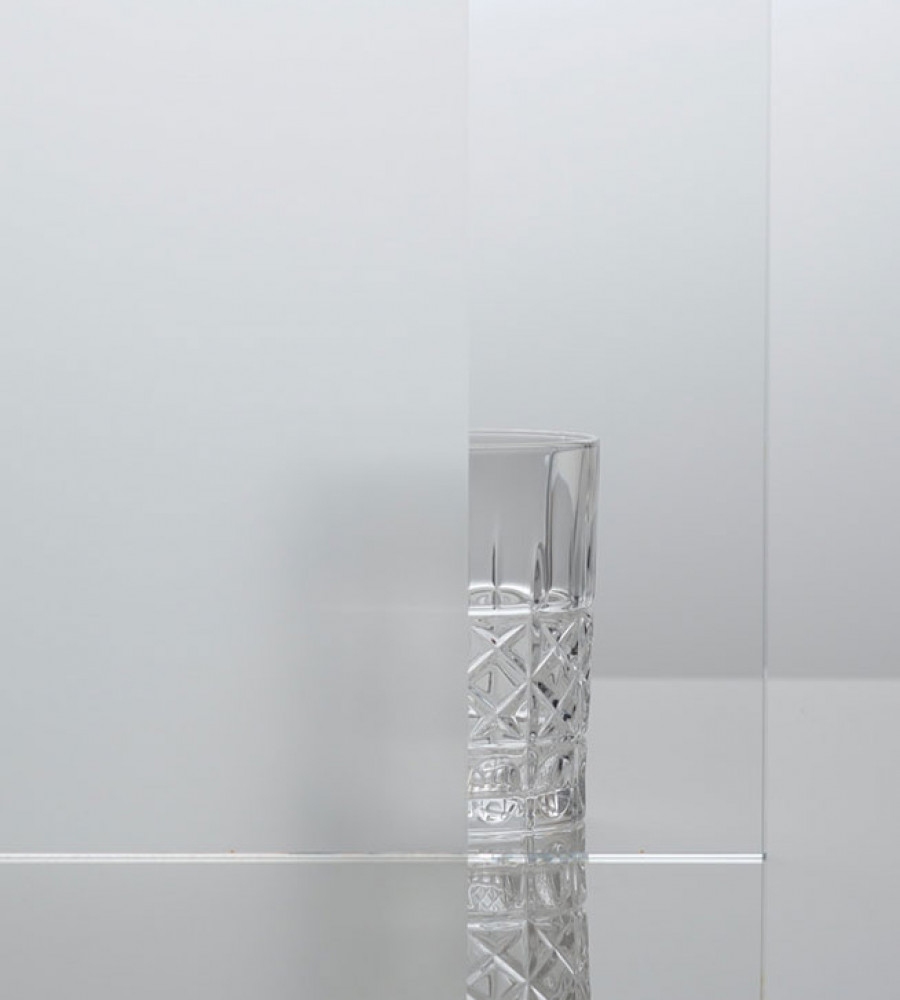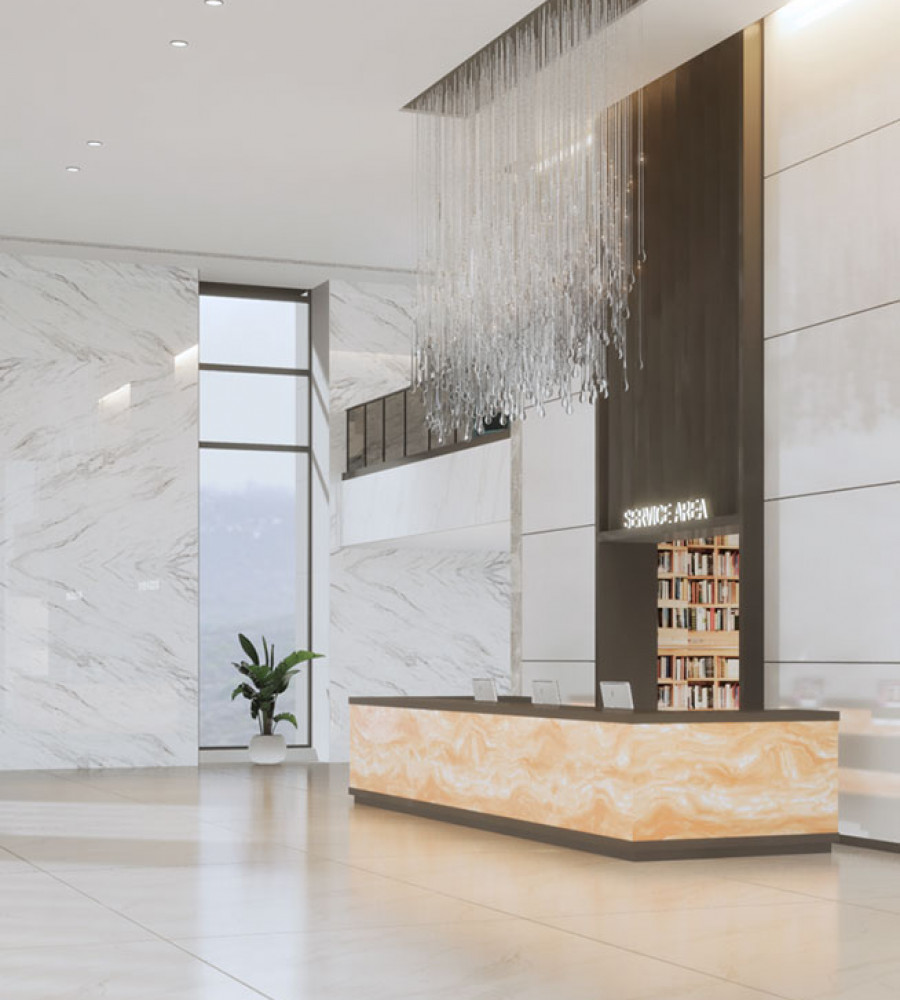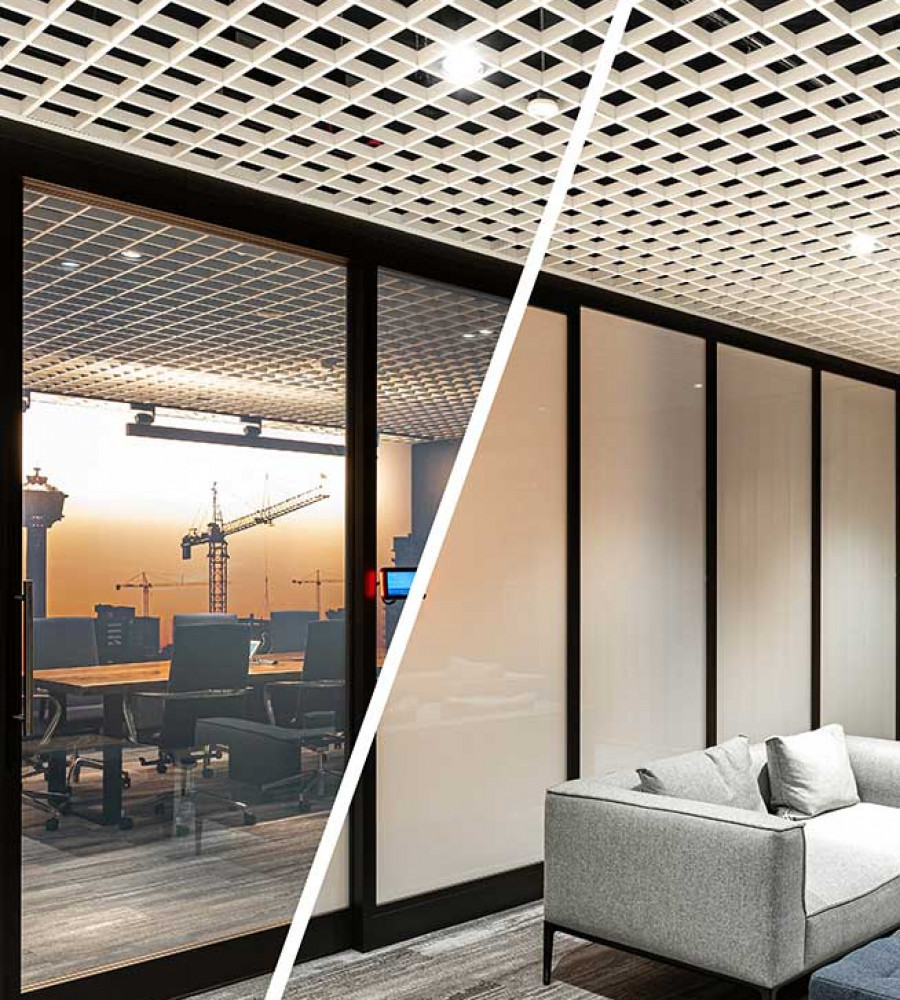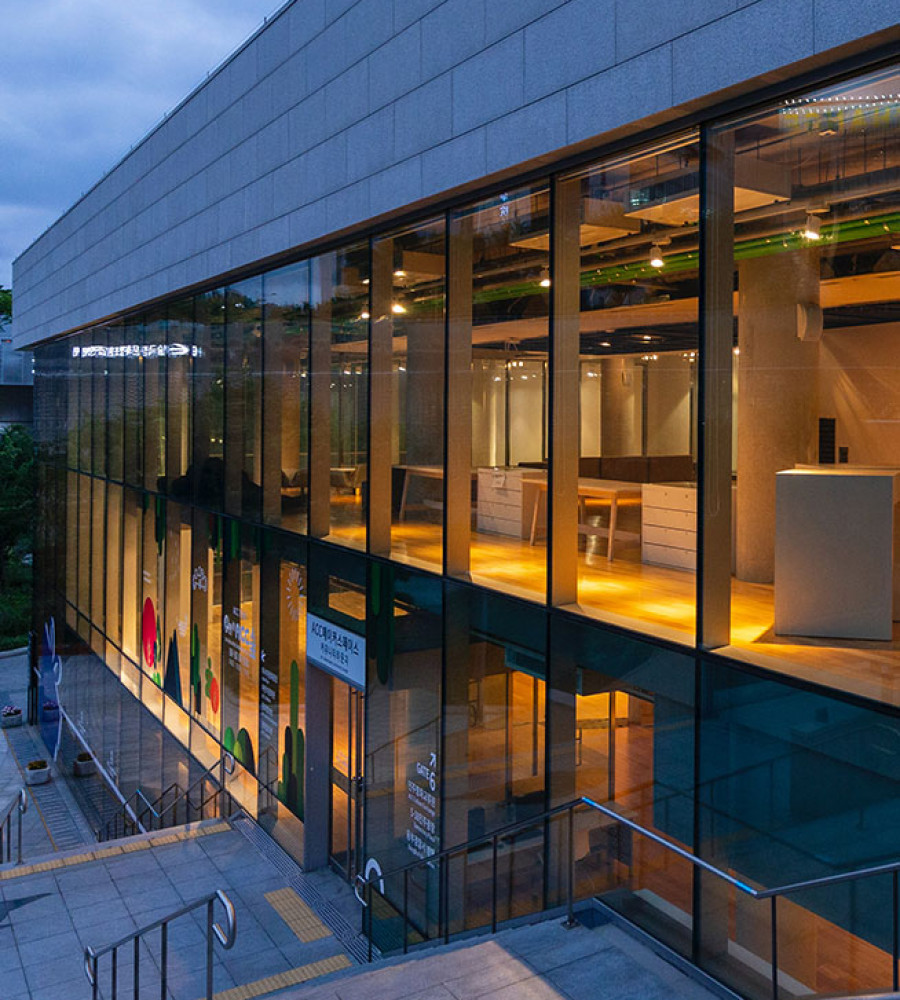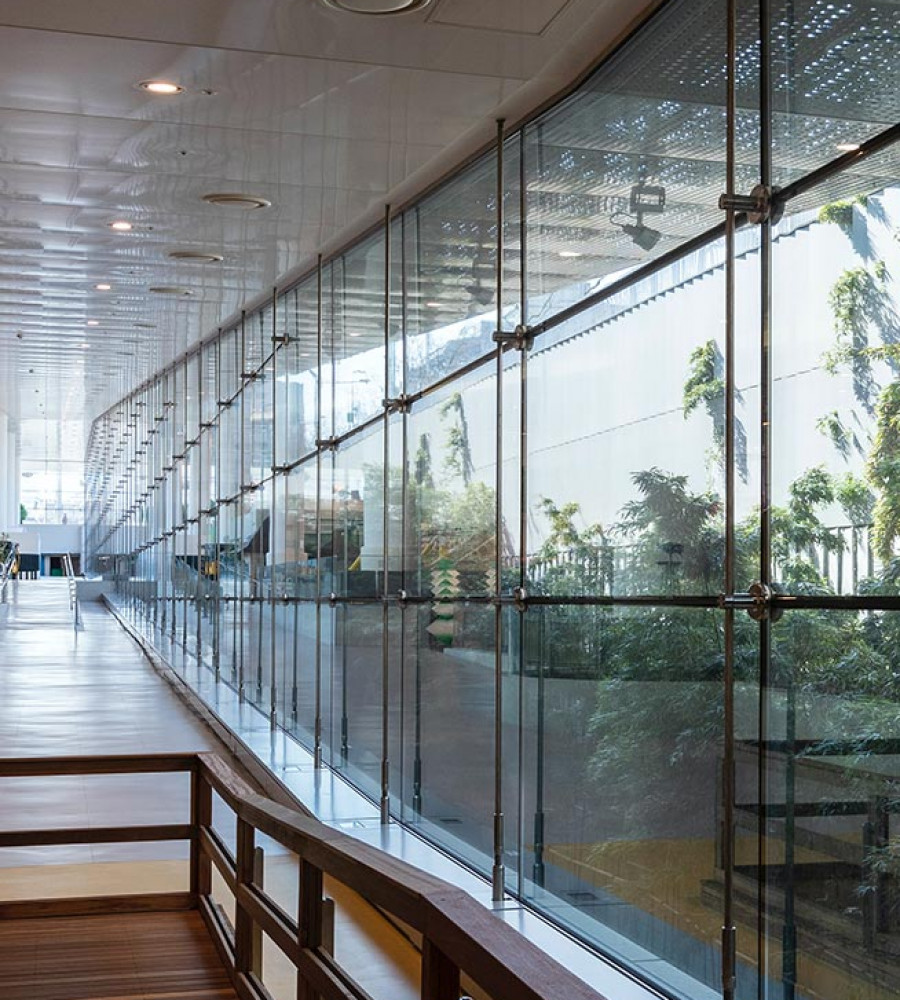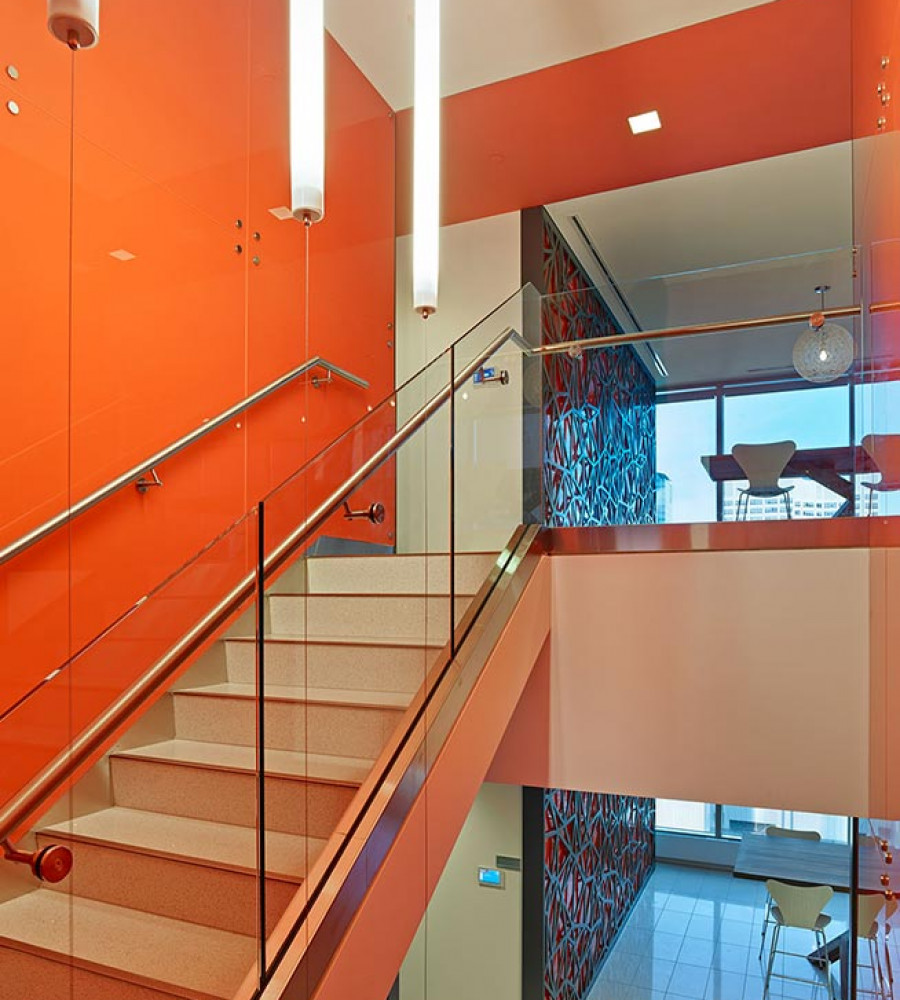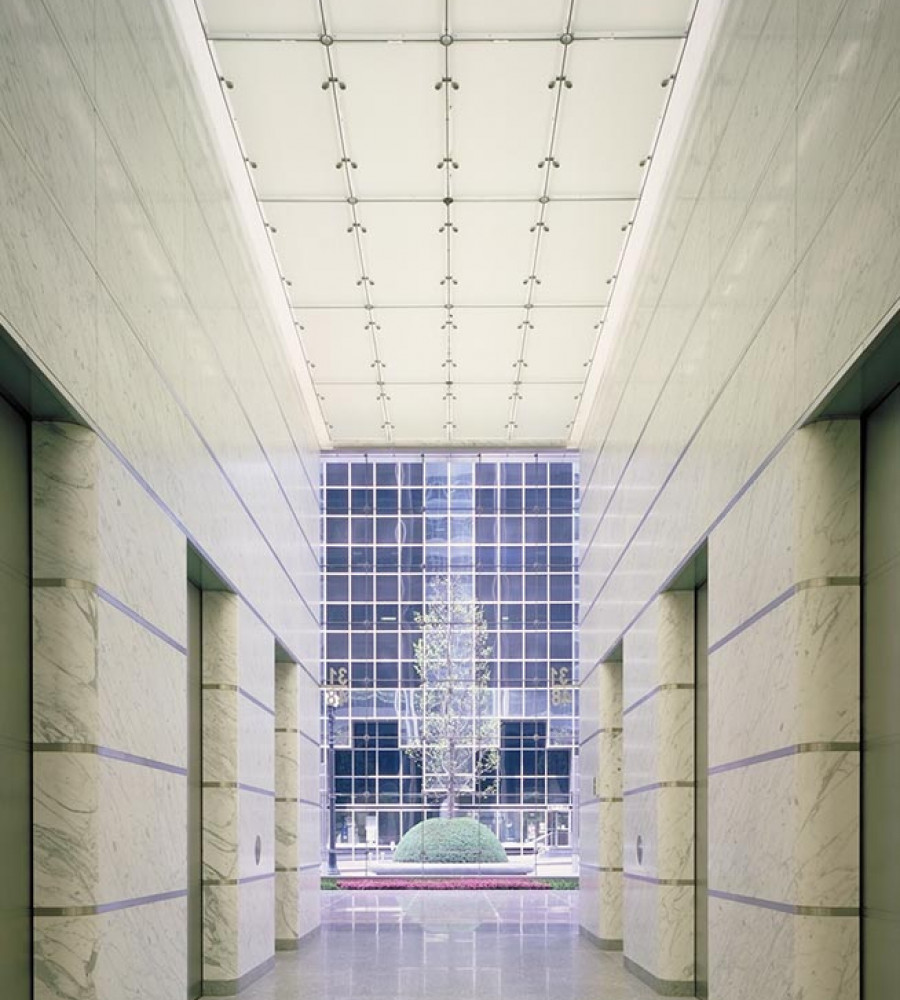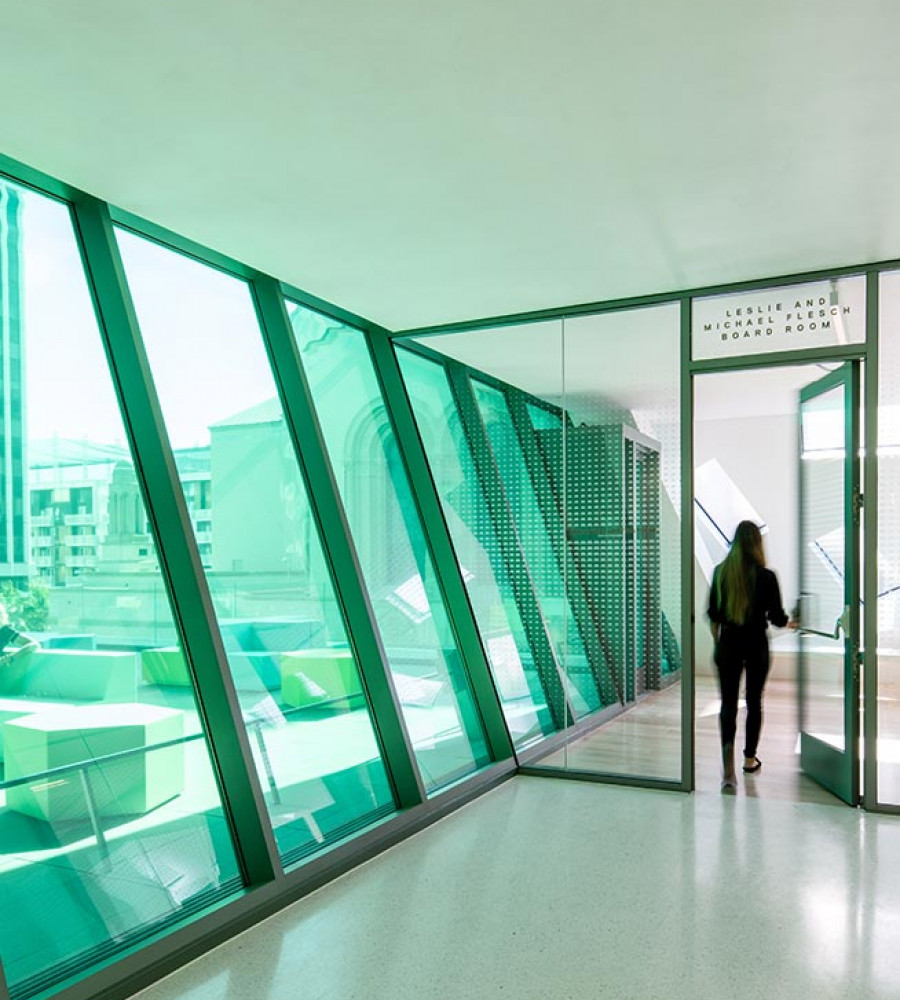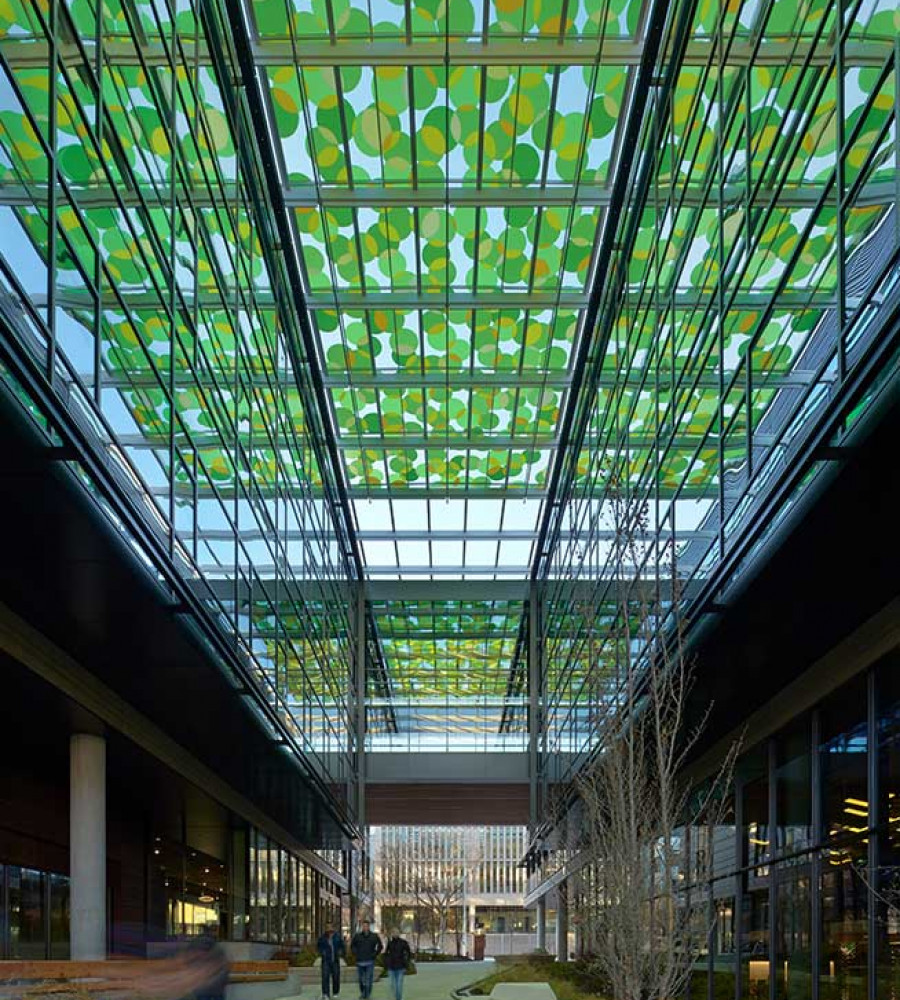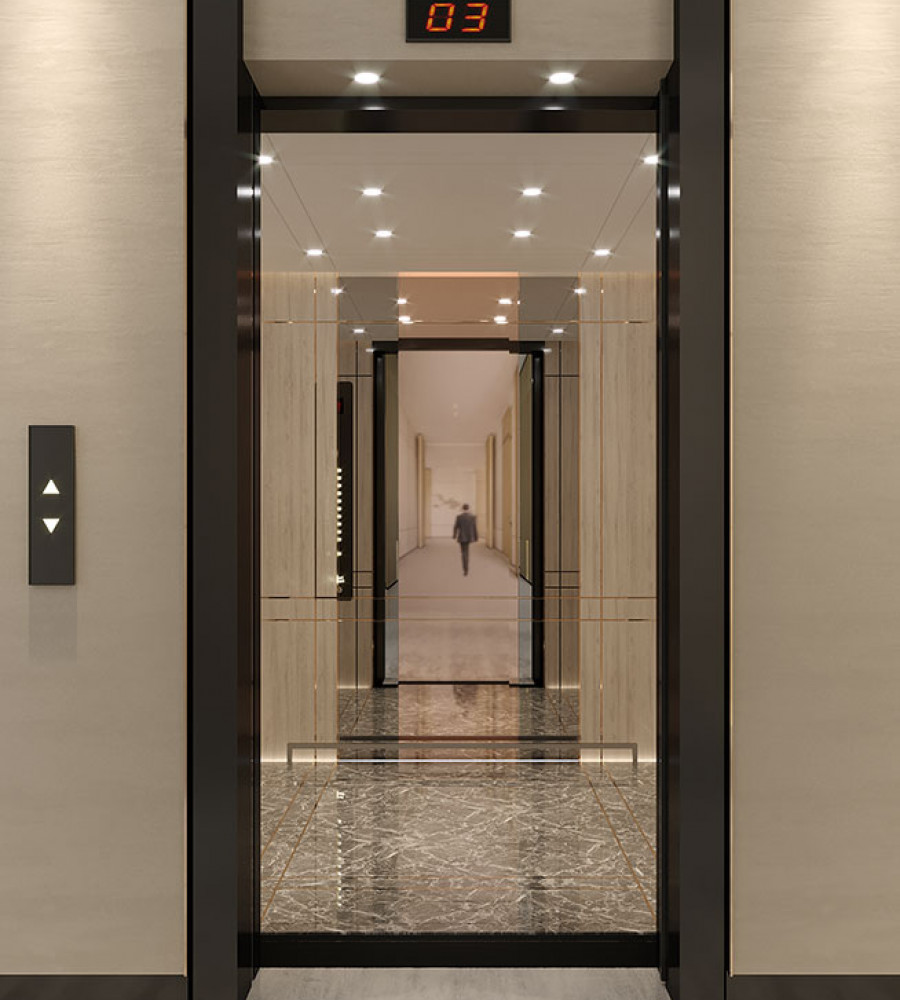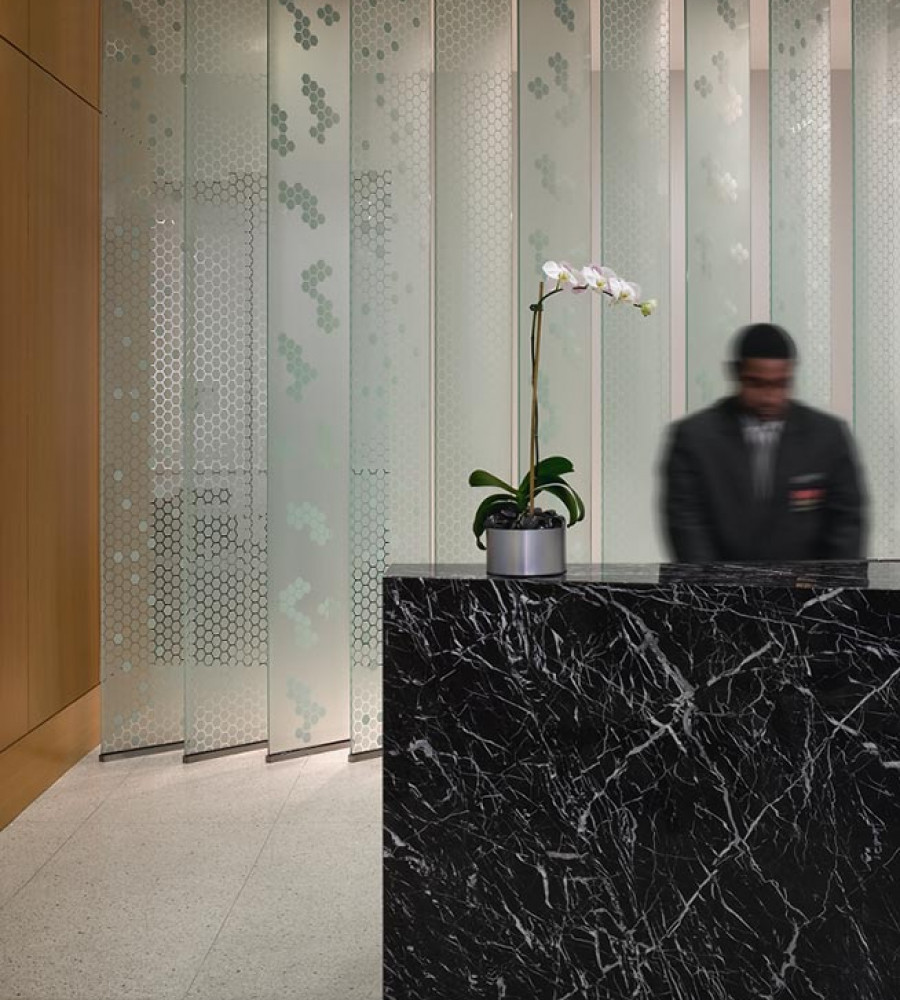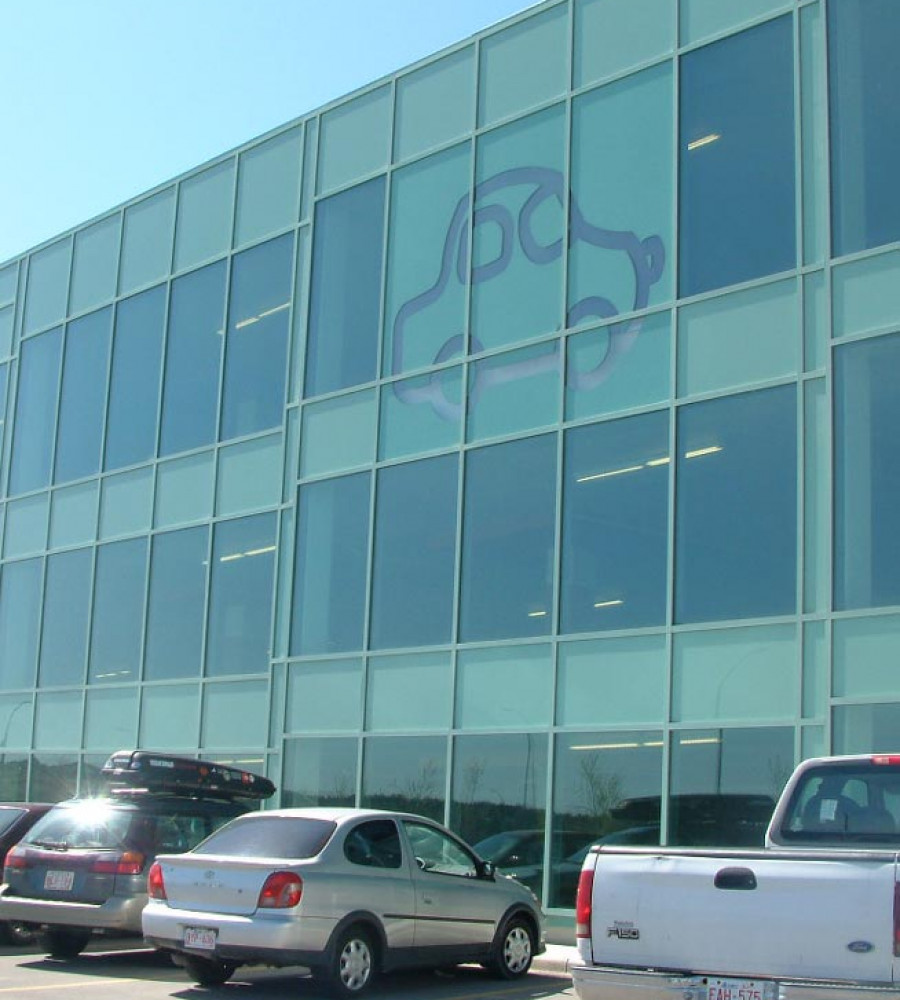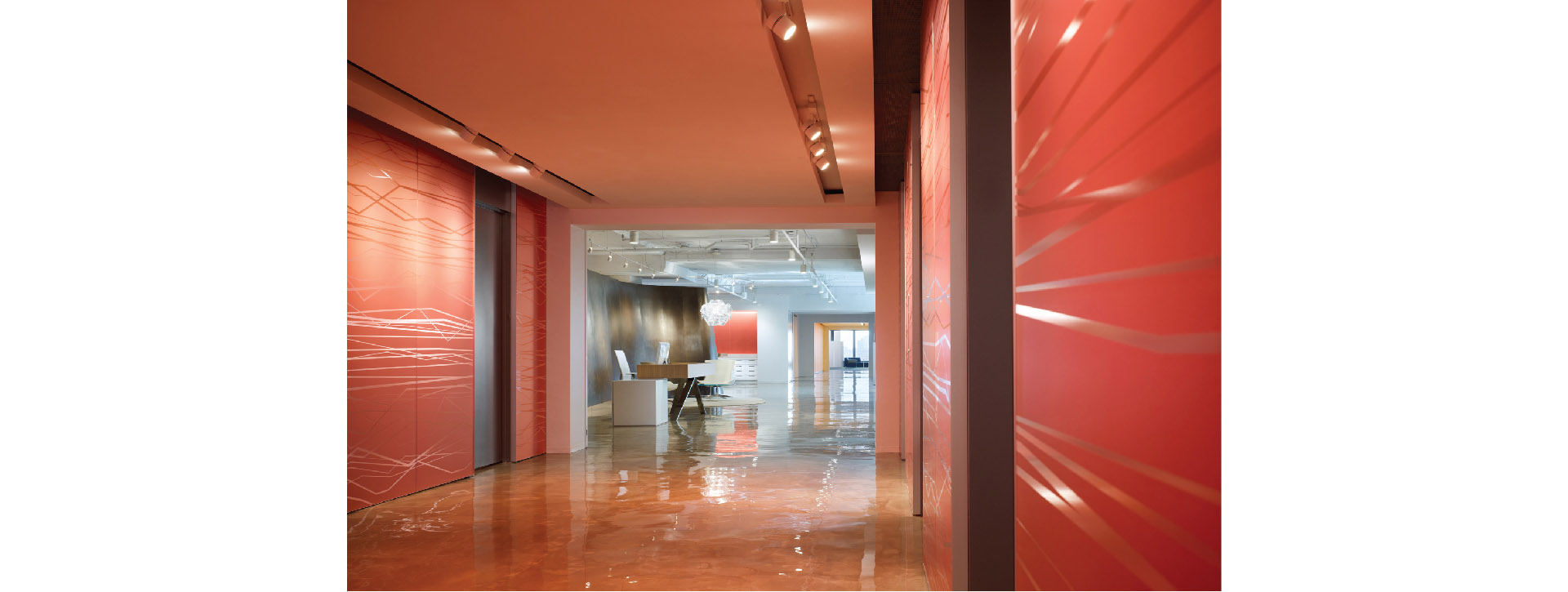Posted: 12 years ago
The Science of Matching Color Chips on Glass
Goldray receives thousands of color chips by architects and designers who need that precise color to be matched for their project. As soon as we receive your color chip, our team in the R&D lab immediately goes to work on the match. Occasionally, especially with reds and purples, the science of an exact match becomes a bit of a challenge. This explains why.
When Goldray matches a color to the supplied color chip or painted sample, we have to take our selection of pigments and mix them to reflect the same light spectrum as the supplied sample. Because different industries use different pigments, not every color can be matched from one pigment system to another. In addition, the cost of certain pigments such as the gold used to create reds and purples, can be extremely cost prohibitive, subsequently limiting our ability to match these particular shades.
It's also important to understand that printing on paper is a significantly different process than printing on glass. The paper printing industry does not need highly durable or opaque pigments because printed products only lasts as long as the flyer or the business card requires. Glass, on the other hand, needs to be extremely durable while withstanding high weatherability. For the really bright colors, we try to get as close as possible, though our selection of extremely durable pigments is a smaller color palate.
When matching a color in ceramic frit, our color selection decreases as the pigments we use must standup to 1200 degrees Fahrenheit and not react chemically with molten glass. The pigments that can withstand this range are usually in the earth tones but there are translucent greens and blues, some brighter yellows and a limited selection of reds, specifically the ones that contain cadmium. This limit in rich, bright colors make the color choices in ceramic frit a little duller, which can be compounded by the fact that the transparency of the product allows light to travel through it, and not reflect back to the observer. This will give the illusion of a darker color as less light returns to the eye.
Though the process of matching begins with the human eye, this exact science requires the use of a spectrophotometer which tells us how close the color that we've created is to the color chip that was provided to us. Additional factors that must be taken into account when color matching include the type of glass being specified; its size, edge conditions, gloss, the supplier, etc.
Please email [email protected] or give us a call at 800-640-3709 if you have any questions. Also feel free to reach out to us on Twitter, Facebook, and Google+, or enjoy our project pictures and inspirational images on Instagram and Pinterest.


